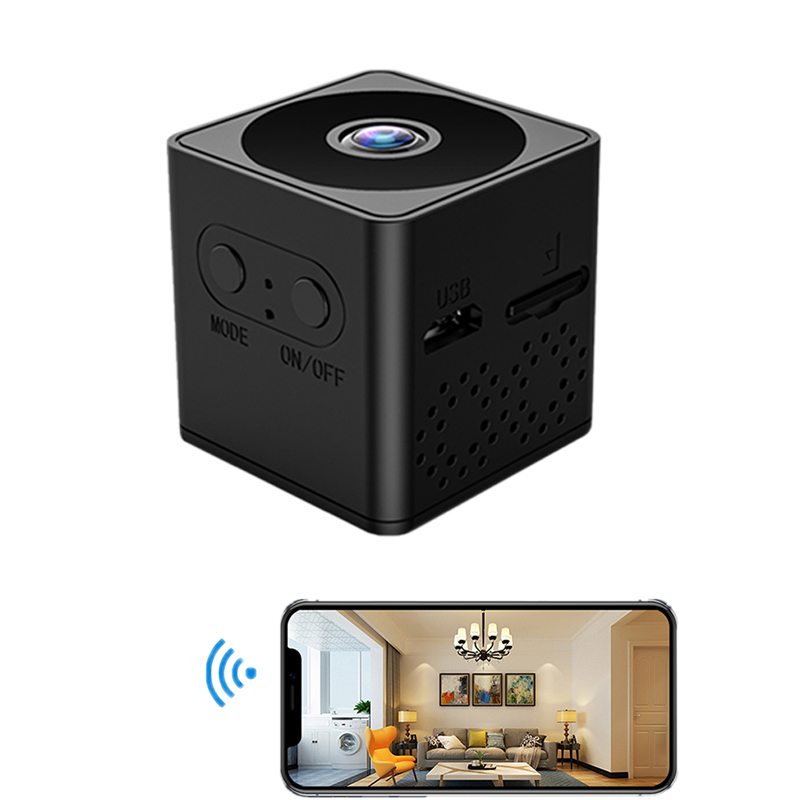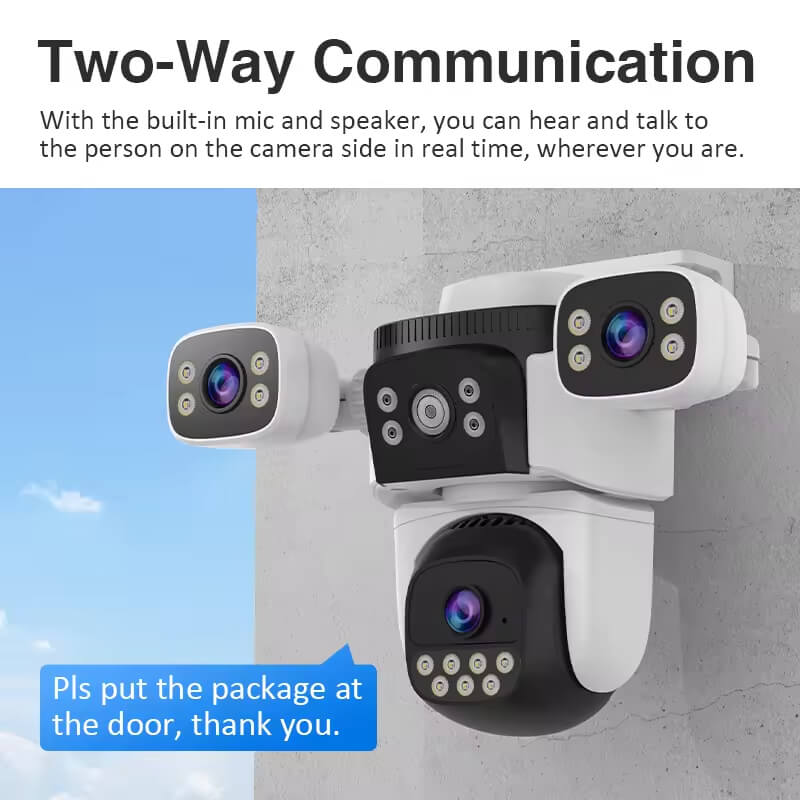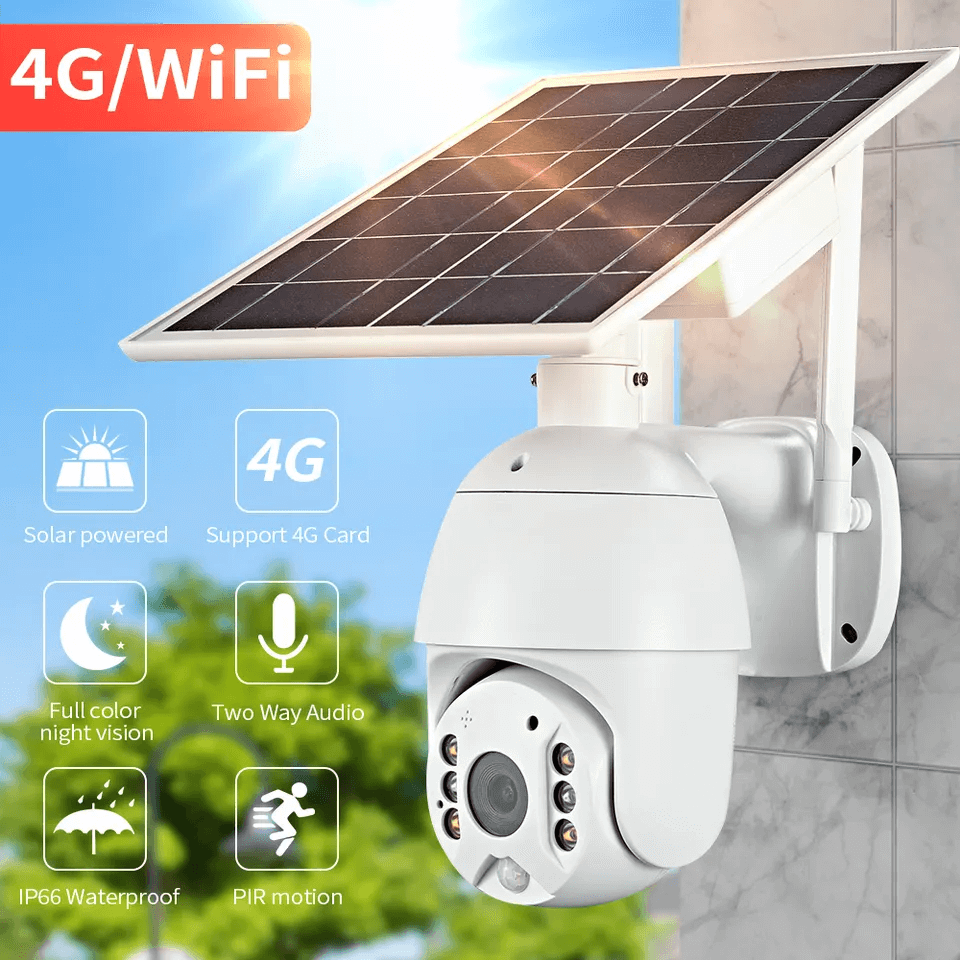Remote surveillance has undergone significant changes in recent years. Therefore, traditional wired cameras can’t keep up with modern security needs. Furthermore, many locations lack reliable internet access, making Wi-Fi cameras useless. As a result, 4G wireless cameras have emerged as the perfect solution for off-grid monitoring.
At Shenzhen JER Technology Co., Ltd., we’ve witnessed this transformation firsthand. With over 15 years of experience in surveillance technology, our team understands that modern security demands flexible, reliable solutions that work anywhere.
| Feature | 4G Wireless | Wi-Fi Cameras | Wired Cameras |
|---|---|---|---|
| Internet Required | ❌ No | ✅ Yes | ✅ Yes |
| Works During Outages | ✅ Yes | ❌ No | ❌ No |
| Installation | Easy | Medium | Complex |
| Monthly Costs | Data Plan | None* | None* |
*Internet service costs are not included
What Are 4G Wireless Cameras?
Simply put, 4G wireless cameras are security cameras that connect to the internet using cellular networks. Instead of relying on Wi-Fi or cable connections, these smart devices use the same technology as your smartphone to stay connected.
Think of them as smartphones with cameras attached. Just like your phone can take pictures and send them anywhere, these cameras can record video and stream it live to your device. However, unlike regular security cameras, they don’t need your home’s internet connection.
Essential Components That Make It Work
- 4G LTE Modem: The brain that connects to cellular towers
- SIM Card Slot: Just like your phone, it needs a data plan
- Rechargeable Battery: Powers the camera for weeks without charging
- Storage Options: Local SD card storage plus cloud backup
- Enhanced Antenna: Ensures a strong signal even in remote areas
- Weatherproof Housing: Protects against rain, snow, and extreme temperatures
Why 4G Cameras Are Game-Changers
The biggest advantage of 4G wireless cameras is their complete independence. Unlike traditional cameras, they don’t need your home’s Wi-Fi network or complex wiring. This means you can install them virtually anywhere with cellular coverage.
Key Advantages Include:
- No Internet Required: Works in areas without Wi-Fi or broadband
- Outage-Proof Operation: Continues monitoring during power and internet failures
- Quick Setup: Install in minutes, not hours
- Flexible Placement: Position anywhere with a cellular signal
- Scalable System: Add more cameras without network limitations
Moreover, cellular networks provide more stable connections than many Wi-Fi systems. This reliability ensures continuous monitoring without frustrating dropouts or connection issues.

Perfect Use Cases
4G wireless cameras excel in situations where traditional surveillance fails. Based on our experience at JER Technology, these scenarios benefit most from cellular surveillance:
Rural Properties and Vacation Homes
Remote cabins, farmhouses, and vacation properties often lack reliable internet. Consequently, 4G cameras provide peace of mind for property owners who can’t be there regularly. Additionally, solar-powered models ensure continuous operation without electrical connections.
Construction Sites and Temporary Locations
Construction sites change daily, making wired systems impractical. Furthermore, valuable equipment and materials need protection from theft and vandalism. 4G cameras can be quickly moved as projects progress, providing flexible security coverage.
Agricultural Monitoring
Farmers use 4G cameras to monitor livestock, equipment, and crop fields across vast areas. Similarly, these cameras help detect problems early, preventing costly losses from theft or equipment failure.
Industrial Applications
Remote industrial sites, oil rigs, and infrastructure projects require robust surveillance. 4G cameras withstand harsh conditions while providing real-time monitoring capabilities that keep operations safe and secure.

Advanced Features That Matter
Modern 4G wireless cameras offer sophisticated features that rival expensive wired systems. At JER Technology, we’ve integrated cutting-edge technology to deliver professional-grade surveillance solutions.
High-Definition Video Quality
Today’s 4G cameras capture stunning video in resolutions up to 4K (2160p). Even entry-level models provide crisp 1080p footage that clearly shows faces and license plates. This image quality ensures you can identify important details when reviewing footage.
AI-Powered Smart Detection
Advanced cameras distinguish between people, vehicles, and animals using artificial intelligence. This smart technology reduces false alarms caused by moving branches or small animals. Instead, you receive alerts only when real threats are detected.
🔥 Popular AI Features:
- Human detection with 95 %+ accuracy
- Vehicle recognition and license plate reading
- Perimeter protection alerts
- Line crossing detection
- Object removal/abandonment alerts
Solar Power Integration
Many 4G cameras now include built-in solar panels or support external solar charging. This feature eliminates battery charging maintenance and enables truly autonomous operation. Solar-powered cameras can run indefinitely in sunny locations.
Two-Way Audio and PTZ Capabilities
Interactive features like two-way audio let you communicate through the camera. Meanwhile, Pan-Tilt-Zoom (PTZ) cameras can rotate 360 degrees and zoom in on specific areas remotely. These features transform passive monitoring into active security management.
Smart Money Management
Understanding costs helps you make informed decisions about 4G wireless cameras. While these cameras require monthly data plans, they often cost less than installing traditional internet infrastructure in remote locations.
Cost Comparison: 4G vs Traditional Installation
Installing internet service in remote locations often costs $2,000-5,000 upfront, plus $50-100 monthly fees. In contrast, 4G cameras require lower initial investment and comparable monthly costs. For temporary installations, cellular cameras provide significant savings.
Battery Optimization Tips
- Use Motion Detection: Record only when activity occurs
- Adjust Sensitivity: Reduce false triggers that drain battery
- Lower Frame Rates: Use 15fps instead of 30fps for longer operation
- Enable Sleep Mode: Cameras automatically conserve power during inactive periods
- Consider Solar Panels: Eliminate battery concerns with renewable power

Important Things to Consider
Before investing in 4G wireless cameras, consider these crucial factors to ensure optimal performance and avoid unexpected issues.
Cellular Coverage Requirements
A strong cellular signal is essential for reliable operation. Test signal strength at your installation location before purchasing. Poor coverage results in delayed alerts, choppy video, and connection failures. Additionally, check which carriers provide the best coverage in your specific area.
Data Plan Costs and Usage Estimates
Monthly data costs vary significantly based on usage patterns. Motion-activated recording uses much less data than continuous streaming. Furthermore, higher resolution settings consume more bandwidth. Plan your data usage carefully to avoid overage charges.
💡 Pro Tip from JER Technology:
Start with lower resolution settings and motion-only recording. You can always upgrade your data plan later if needed. This approach helps you understand actual usage patterns without overpaying initially.
Battery Life Management
Most 4G cameras operate 2-4 weeks per charge under normal conditions. However, extreme temperatures, frequent alerts, and live viewing significantly impact battery life. Cold weather especially reduces battery performance, sometimes cutting operation time in half.
Compatibility Limitations
Many 4G cameras work only with specific carriers or SIM card types. Some models don’t support older 2G or newer 5G networks. Additionally, most battery-powered cameras cannot integrate with third-party software or Network Video Recorders (NVRs) due to power-saving limitations.
Security Best Practices
Protecting your 4G wireless cameras from cyber threats requires proactive security measures. At JER Technology, we prioritize security in all our surveillance solutions.
Essential Security Protocols
According to cybersecurity experts, IoT devices like cameras face increasing threats. Therefore, implementing proper security measures is crucial for protecting your surveillance system.
- Change Default Passwords: Replace factory settings with strong, unique credentials immediately
- Enable Encryption: Use cameras that support AES encryption for data transmission
- Regular Updates: Install firmware updates promptly to patch security vulnerabilities
- Secure Access: Use VPN connections when viewing cameras remotely
- Network Isolation: Keep cameras on separate networks when possible
Common Vulnerabilities to Avoid
Many security breaches occur because users ignore basic precautions. Default passwords, outdated firmware, and unsecured access create easy targets for attackers. Research shows that over 60% of IoT attacks exploit default credentials.
Future Trends: 5G and AI Integration
The surveillance industry continues evolving rapidly, with 5G technology and advanced AI leading the transformation. These developments will significantly enhance 4G wireless camera capabilities in the coming years.
The Role of 5G Technology
5G networks promise dramatically faster speeds and lower latency than current 4G systems. This improvement will enable real-time 4K streaming, instant alerts, and seamless control of multiple cameras simultaneously. Moreover, 5G’s increased bandwidth supports higher camera density in large installations.
Advanced AI Integration
Future cameras will incorporate more sophisticated artificial intelligence for predictive analytics and automated responses. Industry analysts predict that AI-powered surveillance will reduce false alarms by 90% while detecting threats faster than human operators.
At JER Technology, we’re already developing next-generation cameras that leverage these emerging technologies. Our research team focuses on creating smarter, more efficient surveillance solutions that anticipate security needs before problems occur.

Conclusion and JER Technology Integration
4G wireless cameras represent the future of remote surveillance, offering unmatched flexibility and reliability for modern security needs. These innovative devices solve critical challenges in off-grid monitoring while providing advanced features that rival traditional wired systems.
The key benefits include complete independence from Wi-Fi infrastructure, continued operation during outages, easy installation, and sophisticated AI-powered features. While data costs and cellular coverage requirements need consideration, strategic planning and optimization make 4G cameras cost-effective for most applications.
As surveillance technology advances toward 5G and enhanced AI integration, early adoption of 4G cameras positions you ahead of the curve. These systems provide immediate benefits while offering upgrade paths for future enhancements.
🚀 Ready to Secure Your Remote Location?
With over 15 years of surveillance expertise, Shenzhen JER Technology Co., Ltd. delivers reliable, cost-effective 4G camera solutions tailored to your specific needs.
Contact us today to discuss your remote surveillance requirements and discover how 4G wireless cameras can transform your security strategy.



